Photo by: Photo by @_willpower_ from nappy.co
allergies | asthma | brain development | child health | equity | heat | low birth weight | mental health | preterm birth | wildfires
This guide will explain how air pollution and heat matters to preterm birth and how you can keep you and your child healthy in a changing climate.
For women who are pregnant or considering getting pregnant, knowing what preterm birth is and how it can shape a baby’s health for years to come is important.
What is preterm birth?
Preterm birth, or premature birth, is when a baby is born before 37 weeks of pregnancy. About 1 in 10 babies in the United States is born prematurely.
Preterm babies may have problems with:
- Breathing
- Infections
- Brain development
What does air pollution have to do with preterm birth?
Burning fossil fuels (for example, from power plants, cars, and trucks) produces carbon pollution that drives climate change and creates conventional air pollution, including particulate matter or PM and ozone.
Research has shown for decades that air pollution, especially the tiny particles that can be suspended in the air, can be inhaled deep into our lungs and may increase the risk of a baby being born prematurely. For example:
- The State of Global Air 2020 report found that air pollution accounts for 20% of newborn deaths worldwide (almost 500,000 infant deaths in 2019), most related to complications of low birth weight and preterm birth.
- A systematic review in 2020 that looked at 32 million births in the U.S. found that breathing PM2.5 or ozone was associated with a higher risk of preterm birth.
- Exposure to PM2.5 (particulate matter 2.5 micrometers or less in diameter) beginning around the time of implantation (usually about 9 days after ovulation) and near birth are more strongly associated with preterm births than exposures at other times during the pregnancy.
- Living near areas where flaring of natural gas is common during fossil fuel extraction is associated with a 50% higher risk of preterm birth.
A study in China also found that breathing higher levels of PM2.5 is associated with a higher likelihood of infertility. Reductions in fossil fuel use can decrease carbon pollution and conventional air pollution that poses health risks to both mothers and babies, in developed and developing countries alike.
How do I know if I’m breathing in particle pollution?
Air quality monitors can track how much particle pollution is in the air. Below are websites that provide you with information about the air quality near where you live and work:
Most tools use a color code to show if the air is healthy or unhealthy to breathe.
Indoor air pollution can also be a problem for women who are pregnant and their developing fetus. There are several major sources of indoor air pollution, including burning wood indoors, mold and smoke from cigarettes, e-cigs, or other tobacco products.
Who is most at risk?
Some studies have found that women with asthma and Black mothers may be at a higher risk of preterm birth. Living in areas with flaring or higher levels of pollution and having long-term higher levels of stress may also increase the risk of adverse birth outcomes.
What does heat have to do with preterm birth?
Heatwaves have always been a part of summer weather in most of the United States. However, because of climate change, heatwaves have gotten hotter and longer across the country.
Research shows that higher temperatures are associated with preterm birth.
- A systematic review in 2020 that looked at 32 million births in the U.S. found that maternal exposure to heat was associated with preterm birth in nearly all studies assessed.
- One study, for example, showed that living with unusually warm temperatures (which were warmer than 90% of similar days in past years) during weeks 1-7 and 15-21 are associated with increased risk of preterm birth.
How hot is too hot?
Scientists are just beginning to understand how heat may influence the chances of preterm birth. More research is needed to clarify what temperatures are safe for women who are pregnant, as well as the specific ways that heat may affect birth outcomes.
How can I protect myself and my developing fetus?
The CDC recommends protecting yourself from the heat by:
- Staying cool inside an air-conditioned place
- Limiting outdoor activities to when it’s coolest (morning and evening)
- Drinking plenty of water
- Checking your local news for extreme heat alerts and to find the nearest cooling shelter in your area
You can limit your exposure to particle pollution by:
- Checking the air pollution levels near your home, using online tools like airnow.gov, to see when the air may be is unsafe, and staying indoors and avoiding vigorous outdoor activity when air pollution levels are high
- Avoid exercising or spending long periods of time outside near high-traffic areas or major highways
- Avoiding burning anything in and around your home—including everything from cigarettes or e-cigs, to incense and wood (unless in a properly ventilated fireplace or stove).
- Consider using household cleaning products that carry EPA’s Safer Choice label to avoid airborne chemical irritants
- Consider using an air filter in your house
- If your home, or a home nearby, is under construction, take measures to protect yourself from construction dust, such as keeping windows closed or using an air filter, especially if the home was built before 1978 as it may contain lead
How can I do my part to take action against climate change?
Climate change can feel overwhelming, but the good news is we already have solutions to slow down climate change and improve the health of your child and children all over the world.
Here are a few simple steps you can take:
- Educate yourself. Learn about environmental justice and how systemic racism and other forms of oppression lead to some children bearing a higher burden from climate change. Share resources with your community.
- Plant trees and other vegetation where you live, and encourage your community to do the same. Trees provide shade to help you stay cool on hot days. Adding trees and other vegetation to your neighborhood can also help improve the air quality where you live, especially in urban areas, and can improve mental health.
- Choose walking, biking or public transit whenever possible, and consider carpooling. If you are buying a car, choose an electric car or find one with better fuel economy. The more gas a car burns per mile, the more harmful air pollution it generates. Getting exercise may also help improve a child’s mental health.
- Reduce, reuse, and recycle. A timeless piece of advice. The more we buy new, the greater our carbon footprint.
- Invest in energy efficiency and renewables. Ask your local leaders to invest in renewable energy in public buildings, and support building regulations that require solar panels and energy-saving policies for new buildings. Conserving energy saves money and reduces our carbon footprint.
- Start a conversation. Talk to your family and friends about climate change to make sure they know it’s a health issue, especially for our children, and that we need to work with everyone to take action to fight this climate crisis. Work with your place of worship and in your children’s school to see what you can do to spread the word and keep our kids healthy, and get involved in climate change planning at the state and local level.
- Get involved. Many towns and cities want to decarbonize—in fact they’re leading on this issue—and parents can play a role in shaping those efforts. Ask local leaders how your neighborhood can become safer and healthier by making it greener, more walkable and bike-friendly. You can ask decision makers to add green space by planting trees, increase access to public transit and invest in electric vehicle infrastructure. These actions will benefit everyone’s health and especially the health of our children.
Terms of Use
The contents of this website are for educational purposes and are not intended to offer personal medical advice. You should seek the advice of your physician or other qualified health provider with any questions you may have regarding a medical condition. Never disregard professional medical advice or delay in seeking it because of something you have read on this website. Harvard Chan C-CHANGE does not recommend or endorse any products.

Public Health Benefits Associated with Mercury Emissions Reductions from U.S. Power Plants
Our new white paper makes a science-based case for why it is appropriate and necessary to regulate mercury emissions from the power sector.
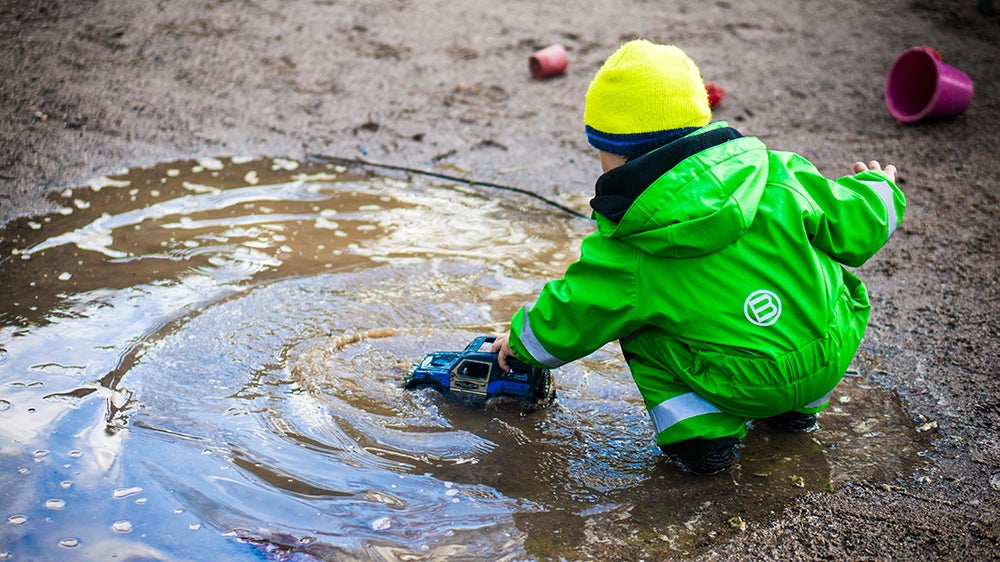
House Dust in Mining-Impacted Communities May Impact Children's Health
Young children are a particular concern because early exposures to metals commonly found at mining sites are associated with neurodevelopmental deficits.
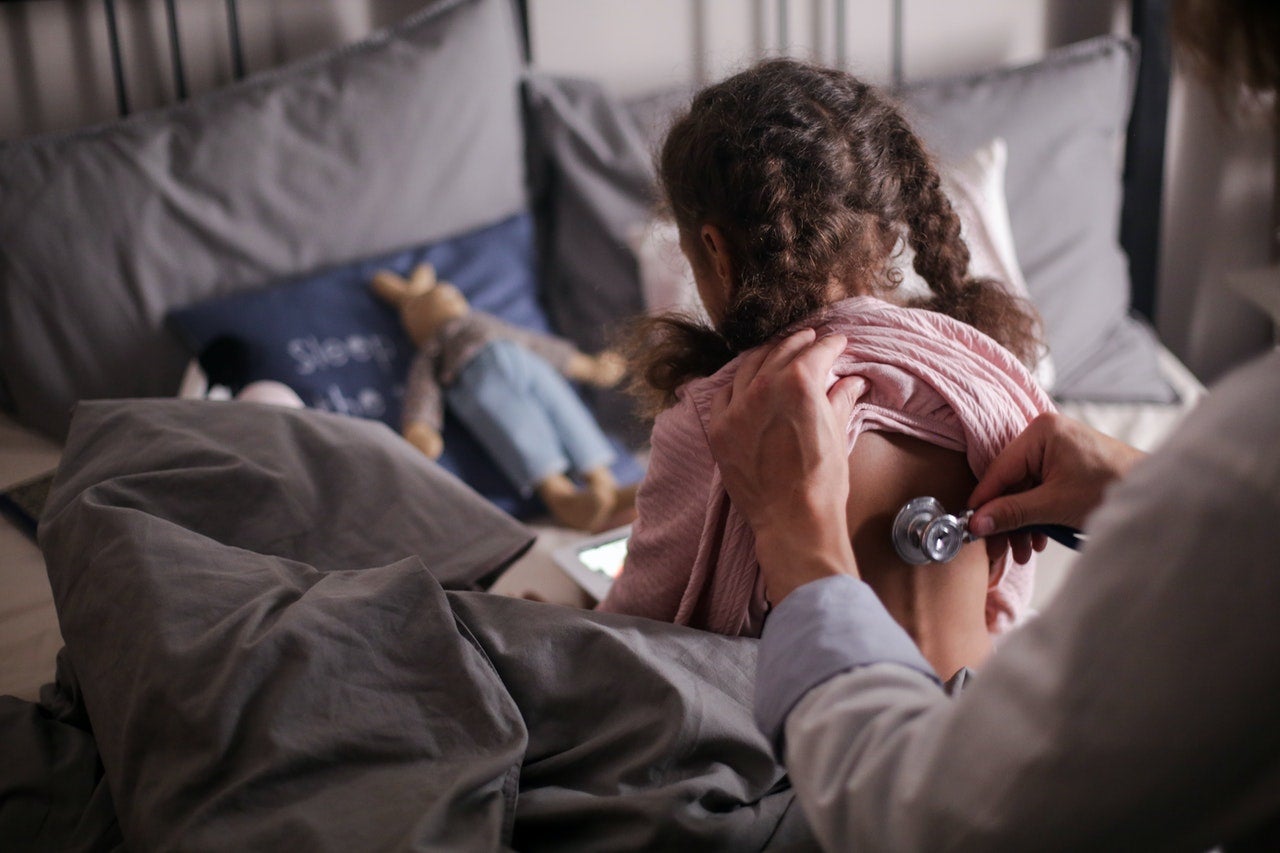
New pediatrician network puts spotlight on climate change’s effects on children
As the effects of climate change play out worldwide, pediatricians see the evidence in their offices.

Reducing air pollution has helped children in Northeast U.S., study finds
States in the Northeastern U.S. have made a considerable effort to make their air cleaner by reducing toxic mercury, sulfur dioxide and greenhouse gases emitted by the region's power plants, improving the health of children in the area in the process.
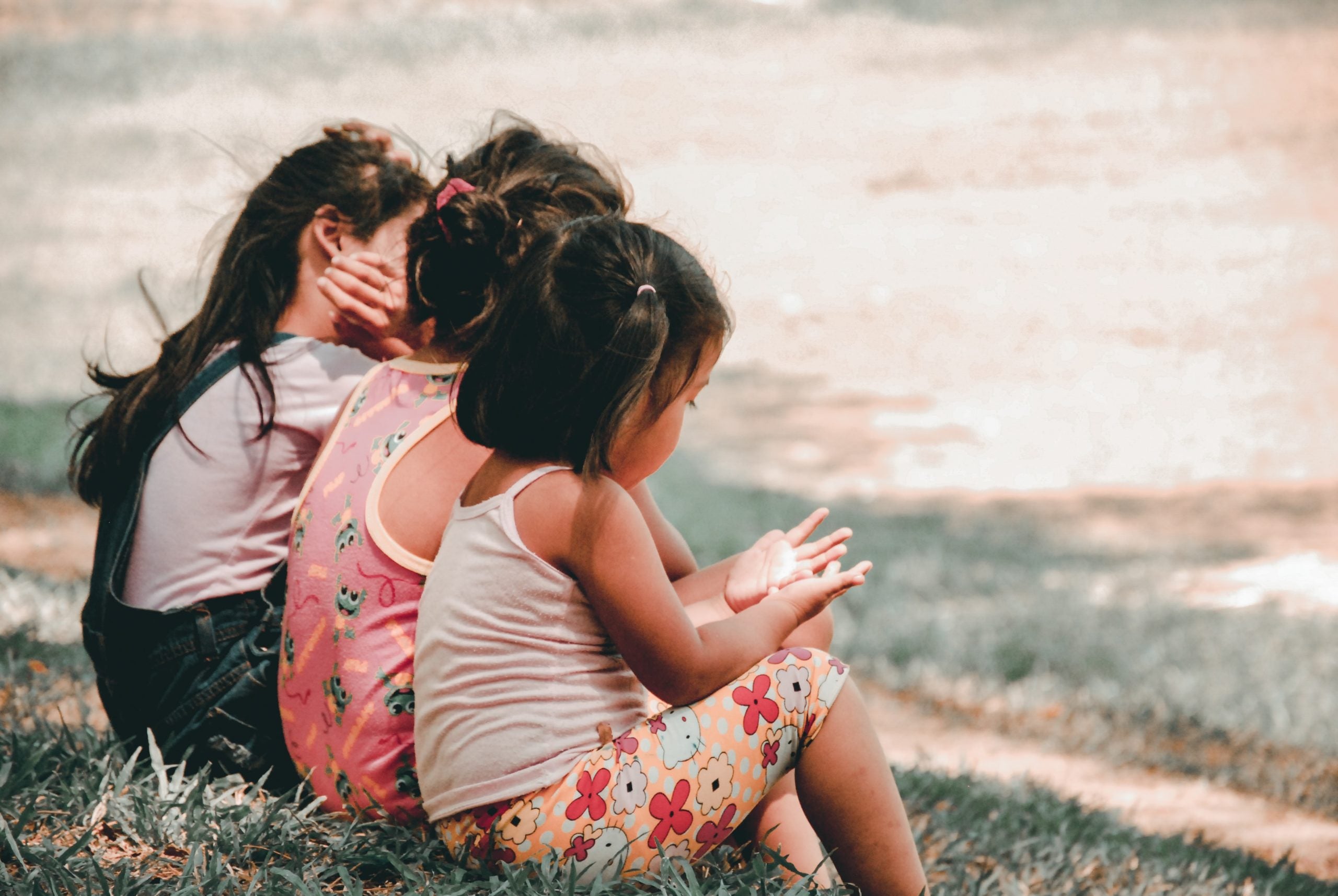
Air pollution and children’s health
A new study finds that a program to reduce greenhouse gas emissions from power plants in the Eastern U.S. also has significant health benefits for children in the region.

'Like a sunburn on your lungs': how does the climate crisis impact health?
Our Co-Director Dr. Aaron Bernstein and Research Fellow Dr. Renee Salas share insight into how the climate crisis threatens public health and complicates healthcare.

Increasing Seafood Options in Children’s Diets
Dr. Aaron Bernstein promotes the health benefits of fish in childrens' diets and debunks the idea of high toxicity of seafood.

U.S. children not eating enough shellfish, study says
Explores the new report from the American Academy of Pediatrics, written by Co-director Dr. Aaron Bernstein, on the benefits, risks and sustainability issues surrounding seafood and children's health.
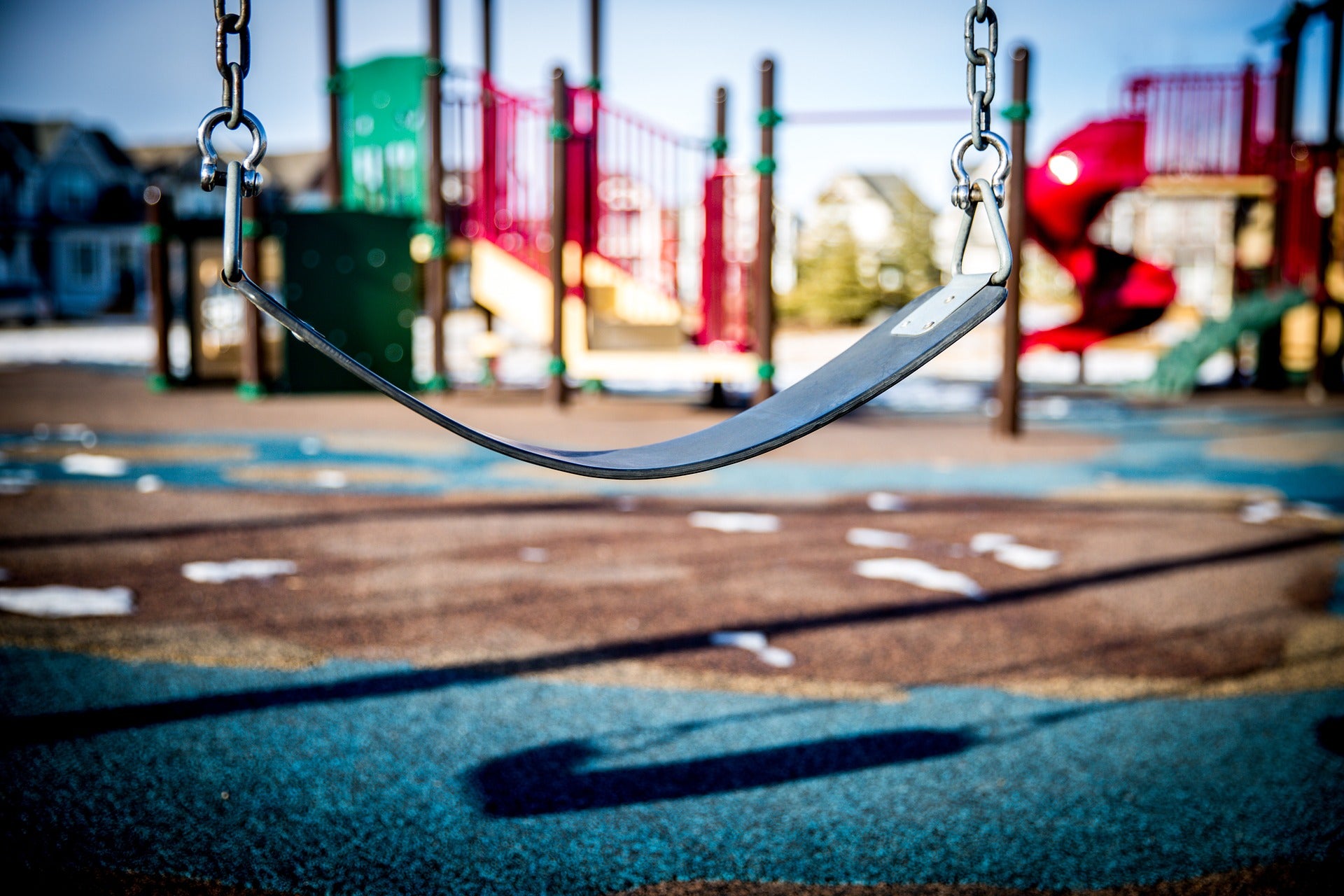
Rubber playground surfaces may contain high lead levels
Researchers tested lead levels in the soil, sand, mulch or rubber surface materials in 28 playgrounds and found the rubber surfaces often averaged two or three times the lead levels of the other materials.

House Dust in Mining-Impacted Communities May Impact Children's Health
Young children are a particular concern because early exposures to metals commonly found at mining sites are associated with neurodevelopmental deficits.
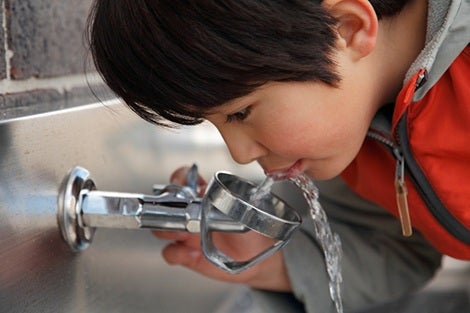
Report: Lead levels too high in many U.S. schools
January 10, 2019 – Millions of children could be getting too much lead in the water they drink at school, according to a new report from Harvard T.H. Chan School of Public Health and the Nutrition Policy Institute at the University of California. More than 40% of schools around the country appear to have higher-than-recommended…

Should Pregnant Women Eat Fish? Exploring Prenatal Exposures to Chemicals
A video series exploring the impact of fish, mercury, and other chemical exposures on pregnant women and their babies.
